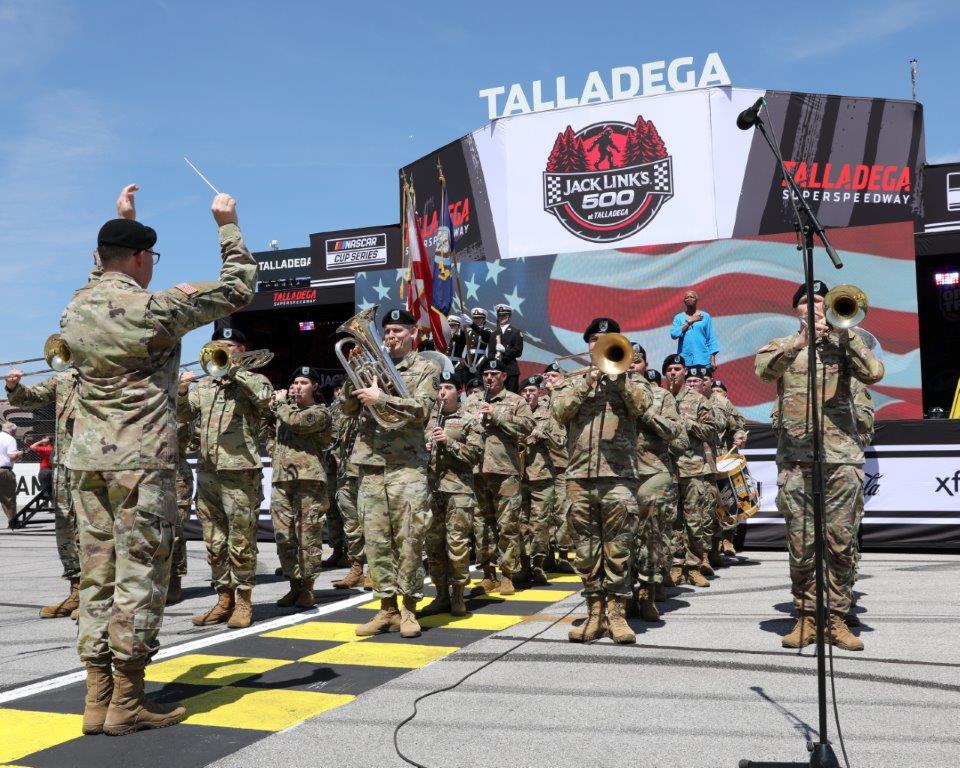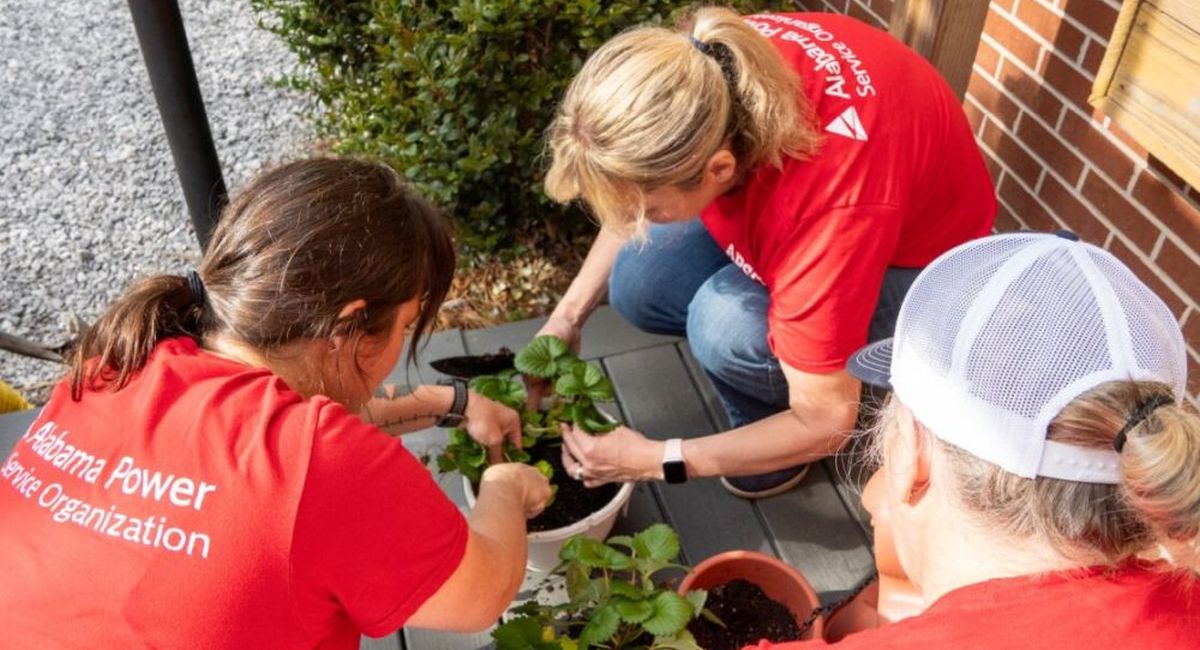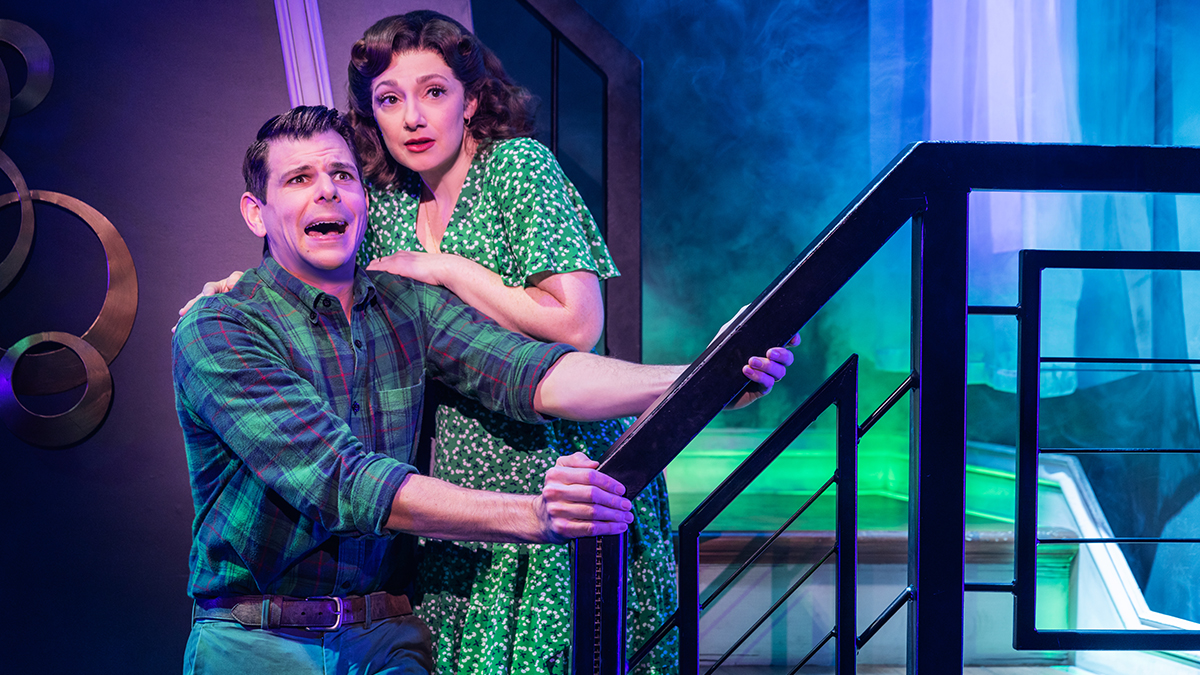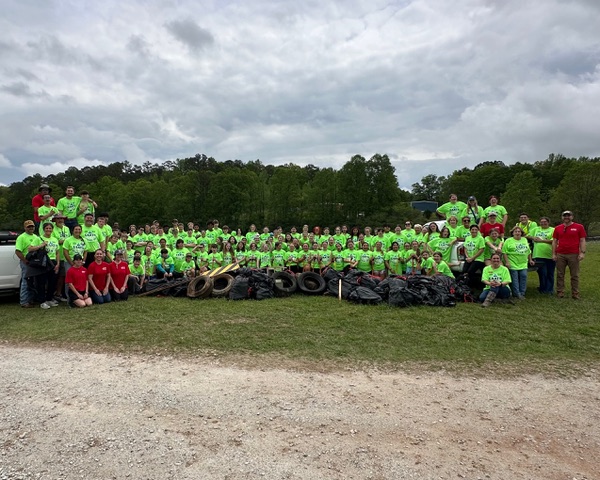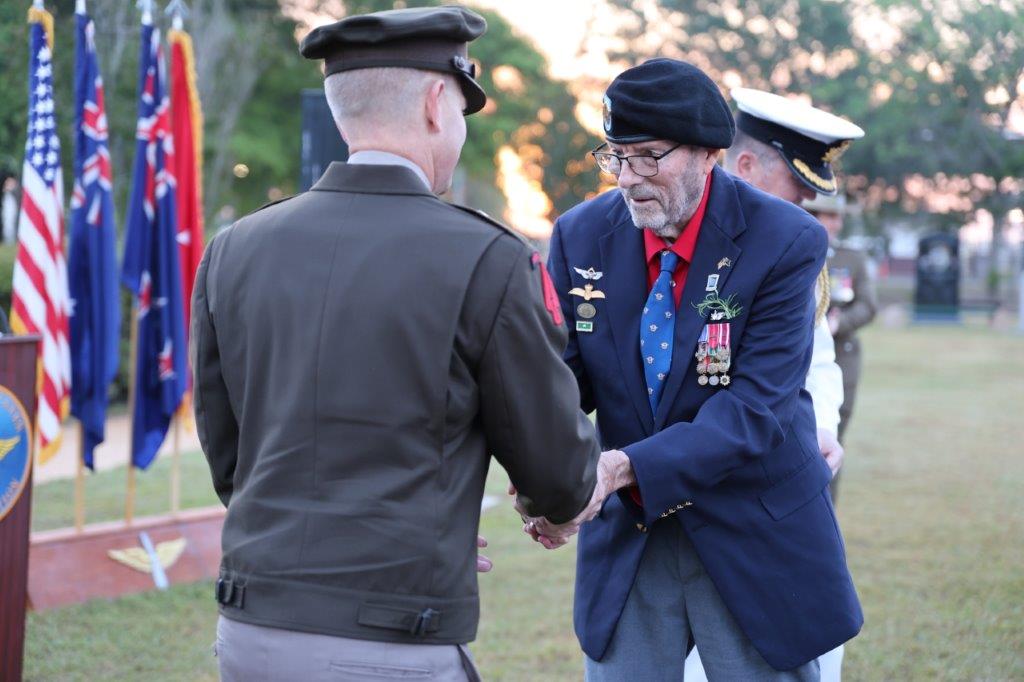Outdoor art blooming across Alabama
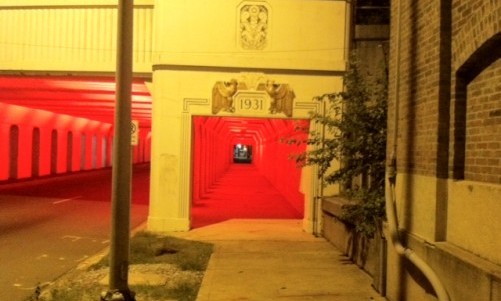
Public art and civil rights may not seem a natural pairing. But that’s the plan next year, when thousands are expected to take the trek from Selma to Montgomery to commemorate the 50th anniversary of the famous march that led to the passage of the Voting Rights Act.
Birmingham also has tied outdoor art to its civil rights history, and to its downtown renaissance.
Indeed, outdoor public art is blooming across the state in creative and surprising ways – with more cities embracing art as a way to beautify and promote their communities.

Craig Wedderspoon
University of Alabama professor and artist Craig Wedderspoon said interest in public art in Alabama has heightened in recent years, partly because of growing corporate and independent support.
“Public art requires a funding source,” Wedderspoon said. “Many of the companies in Alabama want to help provide an environment that enhances the quality of life, so they support public art.”
Alabama’s capital city will mark the 2015 anniversary of the Selma-to-Montgomery march with new displays of public art at key locations along the route. The art is being developed under the guidance of the Montgomery Public Art Commission.
Ashley Ledbetter, executive director of the Montgomery Area Business Committee for the Arts and a leader in the city’s public art efforts, said Montgomery – like many cities – does not have a budget for public art projects. Because city leaders know that public art is important, they work through community and business groups to make it happen.
Montgomery is patterning its fundraising for downtown public art off of a model set by Asheville, N.C., where area banks came together to fund projects. Already, eight banks in Montgomery have signed on to fund public art downtown that will help promote the city and attract residents and visitors to the city center, Ledbetter said. The Montgomery Public Art Commission has developed a master plan that includes the civil rights pieces and several others that will be developed in the coming years. The civil rights pieces will be in place before March 2015.
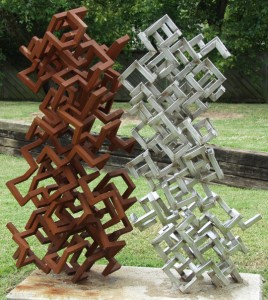 Examples of Wedderspoon’s work can be found around the state in places such as at the University of Alabama in Tuscaloosa and the Birmingham Museum of Art, where he has a large installation in the lower sculpture garden through August. His show at the museum features a collection of curvy, silvery metal structures that resemble organic forms, such as hives or barnacles. Viewers can peer through openings in the structures, which have a woven feel, into empty spaces within, or step back for a wider perspective encompassing all the pieces – a view that evokes a Japanese-style, raked rock garden.
Examples of Wedderspoon’s work can be found around the state in places such as at the University of Alabama in Tuscaloosa and the Birmingham Museum of Art, where he has a large installation in the lower sculpture garden through August. His show at the museum features a collection of curvy, silvery metal structures that resemble organic forms, such as hives or barnacles. Viewers can peer through openings in the structures, which have a woven feel, into empty spaces within, or step back for a wider perspective encompassing all the pieces – a view that evokes a Japanese-style, raked rock garden.
Here are some other places around the state where Alabamians can view art outdoors:
Anniston – More than a dozen murals have been painted on restaurants, stores, bars and barbershops telling the story of the city’s urban revitalization. On Anniston’s Atlanta Avenue, a huge rendering of tall sunflowers sprout from the asphalt, a woman dressed for one of Jay Gatsby’s parties refuses a kiss, and two faces sporting thick, black eyeliner smirk from outer space.
Birmingham – Among the ways Birmingham commemorated the 50th anniversary of the city’s civil rights protests was to install more public art in Kelly Ingram Park, on a corner facing the Sixteenth Street Baptist Church and the Birmingham Civil Rights Institute. The bronze and steel statue honors the four girls killed in the bombing of the church in September 1963. A nonprofit group, Four Spirits Inc., raised money for the project and commissioned the piece by Birmingham native Elizabeth MacQueen following an international competition.
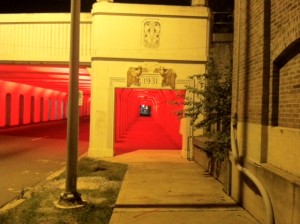 Just a few blocks away near Railroad Park – and best viewed after dark – is a new art-light installation under the 18th street viaduct. “Light Rails,” designed by San Antonio artist Bill FitzGibbons, was funded through a grant from the Community Foundation of Greater Birmingham. It is part of a master plan to add more art-light installations in the city’s revitalizing Parkside neighborhood.
Just a few blocks away near Railroad Park – and best viewed after dark – is a new art-light installation under the 18th street viaduct. “Light Rails,” designed by San Antonio artist Bill FitzGibbons, was funded through a grant from the Community Foundation of Greater Birmingham. It is part of a master plan to add more art-light installations in the city’s revitalizing Parkside neighborhood.
Dothan – Art Around Dothan, coordinated by the Wiregrass Museum of Art, comprises 20 steel sculptures installed throughout the city, including Solomon Park, the Wiregrass Museum of Art, the Dothan Civic Center, Porter Park on Foster Street, the Dothan Area Botanical Gardens, Westgate Park, Doug Tew Recreation Center, Wallace Community College and Troy University’s Dothan campus. The sculptures are the work of David Hayes, who died last year at age 82.
Hayes believed his sculptures worked best in public places where anyone can approach them, bring their own experiences to the pieces, and decide for themselves whether they like or dislike them. With Art Around Dothan, sons David and John Hayes have been working to follow their father’s wish.
– Sherrel Wheeler Stewart
